Introduction
With the technology and changing work dynamics driving the remote work phenomenon, there has been heightened demand for flexible and efficient computing solutions. More and more remote workers, digital nomads, and freelancers seek tech tools that allow them to be productive from anywhere: from home, from coworking spaces, or on the go. These changes have begun to drive renewed interest in portable devices for utmost performance with stay-in convenience.
Mini PCs have become the ideal solution to a mobile workstation for remote workers. They are not traditional desktops but a whole set of portable configurations that fit into many small spaces and lend themselves to easy movement at any time. Mini PCs are brilliantly positioned in between computing power and portability for remote work, catering to working-from-home professionals who swear by productivity without forsaking freedom of movement. The guide will shed some light on how portable mini PCs can meet the special needs of remote professionals, including what to look for when buying a mini PC for your setup.
Why Mini PCs Are Perfect for Remote Work?
Mini PCs have unique advantages in the manner that suits remote work-a combination of portability, compactness, and energy efficiency. These positions them quite favourably for professionals who need something strong yet flexible enough to operate without the bulkiest space of a standard desktop computer. Much unlike full-size desktops, the mini PCs are designed from the ground up for mounting their remoting setups, which enables them to fit nicely and neatly into little spaces in home offices or anywhere on shared floors. Mini PCs pack a compact desktop solutions experience without giving up any performance, and thus they make fantastic choices for everyone looking for a functional workspace without too much clutter on the table.
Mini PCs provide greater options for customization than laptops, and they cope with an intensive workload much better, as they have much better heating and cooling management, an important factor for long hours in remote working. While laptops can offer mobility, they are often bound with a very limited number of ports and upgradeability options, limiting adaptability to the home office. Mini PCs support multiple monitors, extended connectivity options, and the facility to add or upgrade memory or storage: all of which give added value to portable computing within a dedicated workspace.
Mini PCs do well in space-limited scenarios such as a shared apartment or home office, while they are lightweight enough to become portable should you change locations. For minimalist digital nomads or people travelling often, mini PCs are genuinely powerful when it comes to carrying and easily setting up anywhere, allowing remote workers to be generously productive and comfortable no matter where they happen to be working.
Key Features to Look for in a Mini PC for Remote Work
Mini PC selection for remote work would have some functions in common, which might qualify depending on another for continued productivity and applicability in many work conditions. Then there are the processor, RAM, storage; connectivity options; and, of course, those tiny, cute figures that render mini PCs fit for small workstations and travel.
Processor and Performance
The processor is the heart of the compact workstation, so necessary to run productivity applications, video conferencing, and multitask smoothly. An ideal processor for performing most remote work duties must be any of an Intel i5 or Intel i7 or any of AMD’s Ryzen series of processors which are a good balance of performance and efficiency. Those CPUs would power through some of the most demanding applications document processing and spreadsheets to virtual meetings and light graphic design. Intel’s i5 or i7 are the most preferred processors when it comes to stability in productivity applications, while in terms of its multitasking and better integrated graphics-powered models, AMD chips shine, providing flexibility in portable mini PCs that are designed for remote work.
RAM and Storage
To ensure a workable utility of the PC, optimal RAM and storage must be employed. A minimum of 8GB of RAM is recommended; however, at least 16GB is required by any advocates inclined toward using multiple applications at the same time. Such allotment becomes even more crucial for remote workers who deal with resource-intensive software for a lag-free experience.
Regarding storage, SSDs (solid-state drives) are supplanting HDDs (hard-disk drives) in the speed of data access and, therefore, reduce boot time and application load time. A minimum of 256 GB SSD is a good basis to start with for remote work; however, those who work with large files or run several programs at once should step up their storage space to a minimum of 512 GB or even 1 TB. Sufficient RAM combined with SSD storage will keep your home office PCs responsive.
Connectivity Options
A capable mini PC ought not to fall short of connectivity options that would further the incessant movement from the confines of the office to him or her in front of a laptop wherever they may be. The most basic ports include USB-C, HDMI, and Ethernet. The USB-C feature serves as both data transfer and display output, while the HDMI outputs allow for easy display connection with other devices and external monitors, practically promoting dual-screen setups that would benefit personal productivity. Of these connectors, the essential one is a multi-use device and breakdown set to accommodate keyboards, mice, and external drives, thus giving them exceptional versatility in opposing the challenges of providing compact desktop solutions for your home office.
Compact and Portable Design
One of the primary advantages of a mini PC is its compact and portable design. This is a blessing for remote workers who have limited desk space or need to switch between meeting areas frequently. Most lightweight, compact mini PCs can easily find a home on work surfaces or be casually moved around. Many are small enough to fit into a bag, providing digital nomads or freelance workers with a powerful workstation on the go. The compactness ensures that the productivity of these remote workers is not constrained by cumbersome equipment, making mini PCs a major choice for a modern and flexible working environment.
Best Mini PCs for Remote Work in 2024
When selecting a mini PC for remote work, there are many options available that cater to different needs and budgets. Here’s a curated list of three mini PCs suited for remote professionals, each with unique strengths in performance, affordability, and portability.
GEEKOM Mini Air12 – Budget-Friendly Option with Essential Features
The GEEKOM Mini Air12 is an awesome option for remote workers looking for a powerful yet low-cost home office PC, equipped with a 12th Gen Intel Alder Lake N100 processor for standard productivity tasks: editing documents, making video calls, and web browsing. It supports up to 16GB of DDR5-4800 SODIMM RAM, which gives you no-nonsense power for daily remote work activities without burning a hole in your pocket. No one said much about it, but the M.2 2280 PCIe 3.0 SSD is configurable with up to 2TB, thus allowing snappy access to files and applications.
Mini Air12 also strikes up connectivity with support for Wi-Fi 6 and Bluetooth 5.2, ensuring stable and speedy wireless connections. Surprisingly for a budget device, this mini PC drives to three 8K displays. This makes it somewhat of a mini workstation for a multitasker who works with lots of screens.
★★★★★ ( 4.9 Based on 47 reviews)
- 12th Gen Intel Alder Lake N100 Processor.
- Single-channel DDR5-4800 SODIMM, up to 16GB.
- M.2 2280 PCIe Gen 3 x 4 SSD, up to 2TB.
- Stable and speedy connectivity with WiFi 6 and Bluetooth 5.2.
- Supports 3 displays, up to 8K.
Pros: Affordable, supports up to 3 monitors, suitable for general productivity tasks, good connectivity.
Cons: Limited to single-channel RAM, not suitable for heavy multitasking or graphics-intensive tasks.
GEEKOM A7 – Ultra-Compact Option for Maximum Portability
The GEEKOM A7 is for remote workers looking for maximum portability without sacrificing performance. This AMD Ryzen™ 9 7940HS and AMD Radeon™ 780M graphics, powered by the AMD Ryzen processor, can perform taxing tasks without any hassle. It features dual-channel DDR5 5600MT/s RAM, a maximum of 64GB, and an M.2 2280 PCIe 4.0 SSD with a maximum of 2TB. The mini PC provides speed and storage flexibility, making it useful for a person with a penchant for portable computing who uses performance-intensive applications.
The A7 has good internet connectivity and peripheral connections through 2.5G Ethernet, Wi-Fi 6E, and Bluetooth 5.2. These are requisite and imperative in a work-from-anywhere setting. Its compact aluminium casing barely registers at 0.47L, making it one of the most portable mini PCs today-probably considered by nomads and freelancers. This compact desktop solution combines ease of portability with good performance, though cryo-limits may cap overall capacity on prolonged, intensive use.
★★★★★ ( 4.8 Based on 20 reviews)
- The AMD Ryzen™ 7000 Series processors deliver performance leadership
- AMD Radeon™ graphics support four 4K displays
- Up to 64GB dual channel DDR5 memory support
- Intel® Wi-Fi6E and Bluetooth5.2
- Ultra-slim, space-saving design
- Amazingly minimalist design. 0.47-litre aluminium housing.
Pros: Extremely portable, powerful AMD processor, high RAM and storage capacity, modern connectivity.
Cons: Compact design may affect cooling, higher price for ultra-portable options.
Tips for Optimizing a Mini PC for Remote Work
Fostering and optimizing your desired remote-working strategy from your compact mini PC will help you establish a workspace that will aid in efficiency startup, include software tools that will work best for you, and ensure you keep your system clean and running in good shape. Here are some tips for using your short desktop solution to its fullest.
Setting Up Your Home Office
Select a well-organized and ergonomic office arrangement that will give you the comfort and efficiency you seek. If your desk space is limited, caution must be taken to place the mini PC such that ventilation is adequate to avoid overheating. Use adjustable monitors to keep eye level maintained, and invest in ergonomic accessories-a keyboard and a mouse-to lessen strain from long work hours. If the desk has a small surface, consider mounting the mini PC using a VESA-compatible bracket to clear up your desktop and make portable computing easier for the times you need to move your device.
Software Optimization
The right software must be configured for productive remote working. Use remote desktop software like Microsoft Remote Desktop or TeamViewer to gain access to all the files and applications within the easiest reach of other devices. You can keep yourself organized with task-tracking tools such as Trello or Asana, and a time-tracking app like Toggl can amp up your focus and responsibility. Lastly, adjust the settings on your computer to set performance above visual effects, especially if your mini PC does not possess high-quality specs. As such, make certain of having features like Windows Game Mode enabled or similar settings that dedicate more resources to your prime tasks.
Maintaining Performance
Being sure to keep your mini PC in good shape means having a smooth workflow. Delete temporary files regularly and remove programs that you don’t use anymore to free up storage space. You can go one step further by carrying out the cleaning and optimization utilizing disk cleanup or third-party optimization apps like CCleaner. Finally, update periodically the operating system and drivers to make sure they’re all synchronized with needed standards for security and compatibility. A few months’ wait physically requires cleaning the vents and fans of your mini PC to stop dust from building up, which can impair cooling and act against performance.
Following these steps will keep your small desktop solution tuned for remote work that guarantees a seamless and effective working-from-anywhere experience.
Frequently Asked Questions About Mini PCs for Remote Work
Are mini PCs powerful enough for remote work?
Yes, modern portable mini PCs can handle all you need to do for remote work. Most of these PCs are equipped with top-of-the-line processors, sufficient-sized RAM, and SSD storage to support day-to-day activities such as video conferencing, document processing, and multitasking with ease. Some of the higher-end models could even support more intensive applications, thus catering to professionals from several fields.
How does a mini PC compare to a laptop for remote work?
Mini PCs give you additional customization, general cooling, and connectivity options for your dedicated workspace in comparison to laptops. Remote work mini PCs allow for multiple monitor setups and have more ports for peripherals, and they tend to outweigh laptops in terms of performance over time, thanks to more efficient cooling; thus, they take the cake for home office set-ups or semi-permanent workspaces.
Can mini PCs handle multiple monitors and peripherals?
Yes, many mini PCs support multi-monitor setups. This is great for our productivity and multitasking. They typically come with HDMI, DisplayPort, or USB-C outputs and often provide an abundance of USB ports for peripherals, thus making them versatile and formidable contenders in offering a cohesive remote setup.
Conclusion
Selecting a mini PC for remote work comes with different advantages, hence easily superseding the traditional desktop computers and laptops. Highly portable due to its compact design, it allows remote workers, freelancers, and digital nomads to set up office-efficient workstations-from small home offices to shared spaces. Despite being small, mini PCs pack quite a punch in performance for multitasking, video conferencing, and other productivity tasks, all hallmarks of smooth planning in remote work.
Home office PCs can offer good flexibility with choices of multiple monitors and peripherals, GEEKOM provides robust opportunities for connectivity that this modern working environment requires. If you’re looking to save space, be more productive, or build a portable workstation, a GEEKOM mini PC can be a practical and efficient choice. It’s wise to invest in a mini PC to enjoy flexibility, performance, and built-in convenience that perfectly match today’s remote work demands.



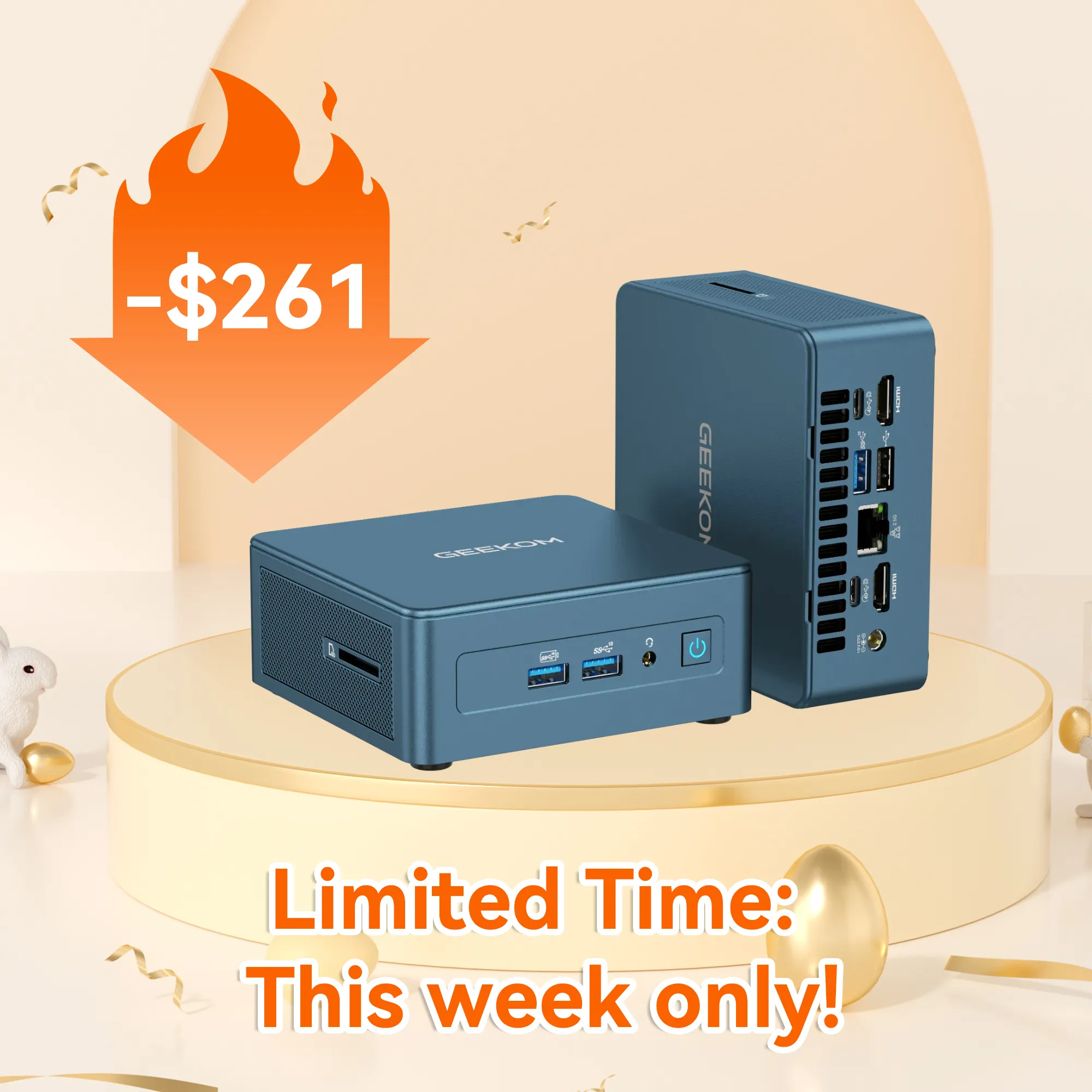

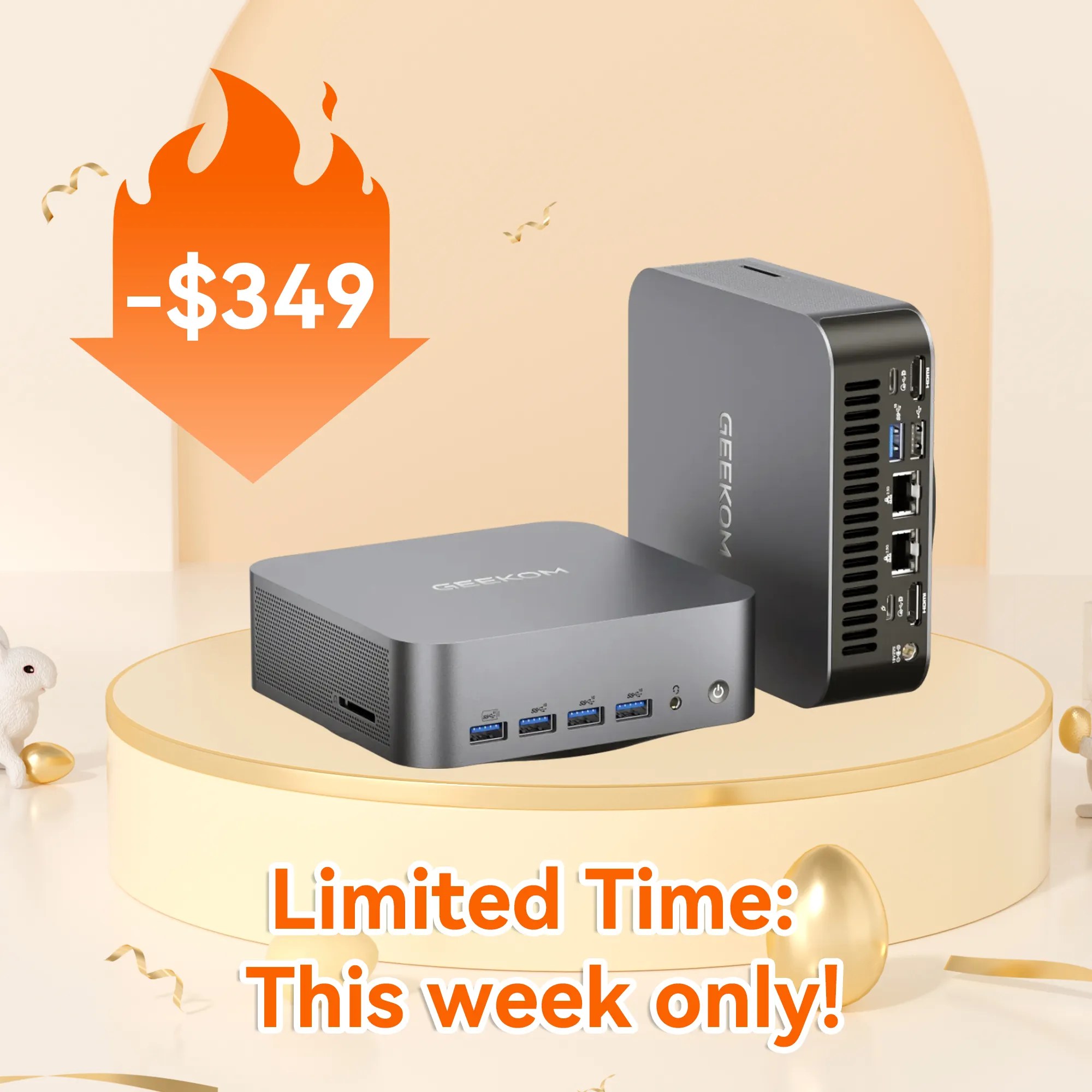



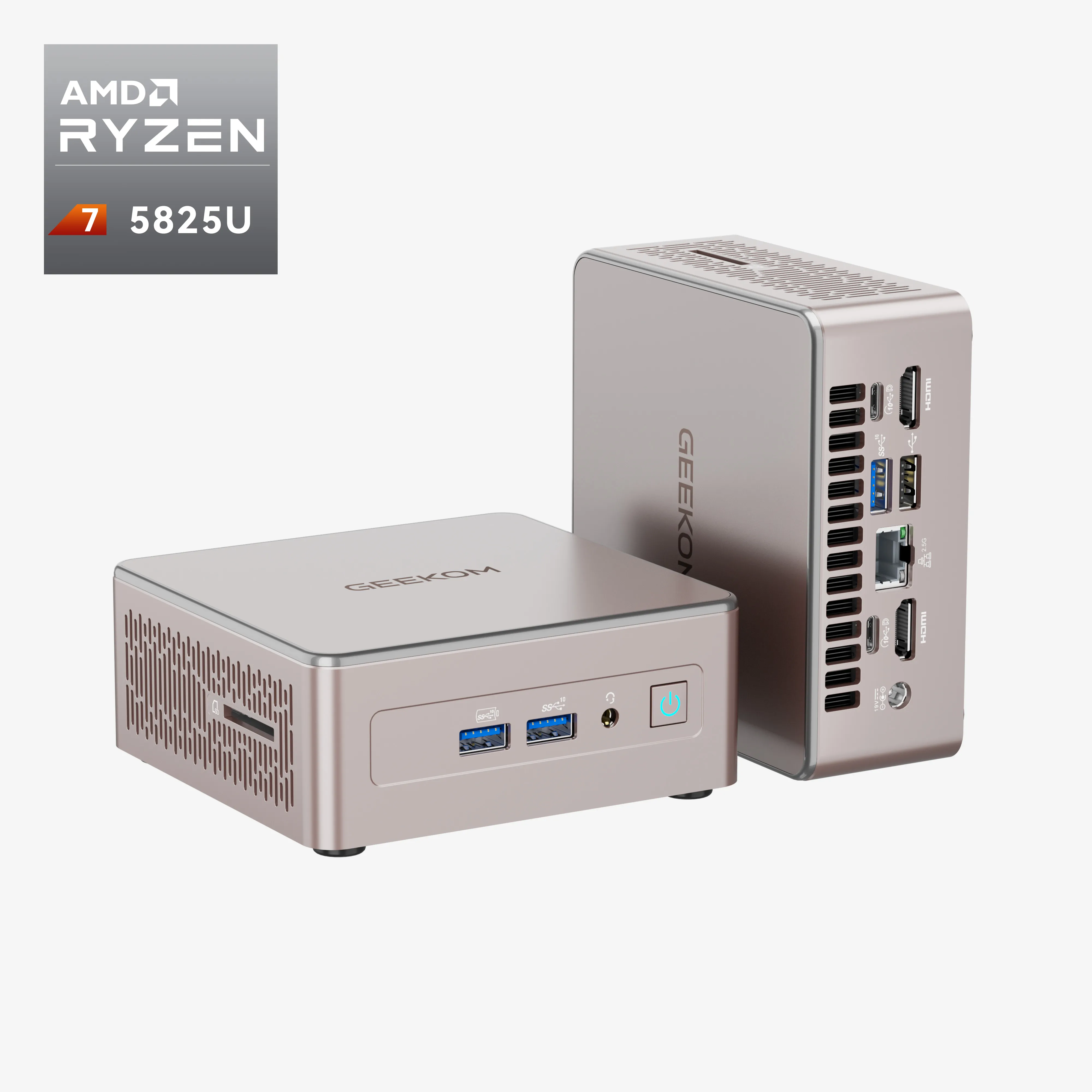





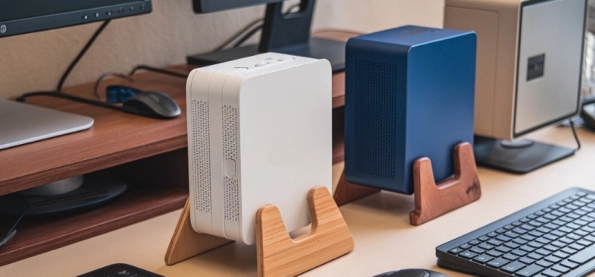
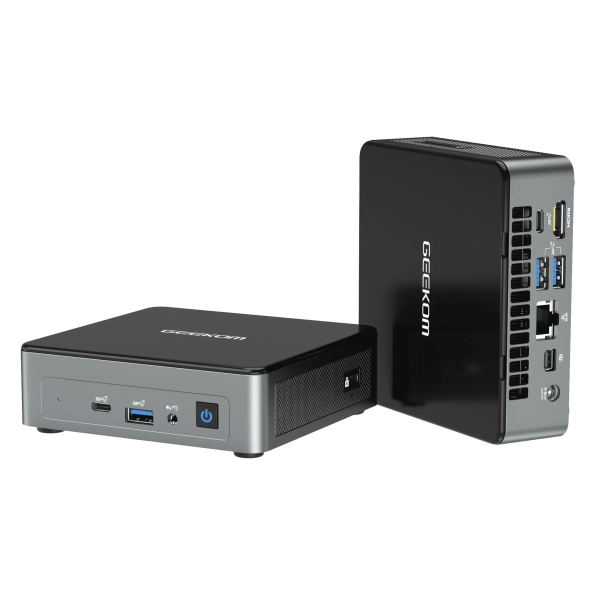
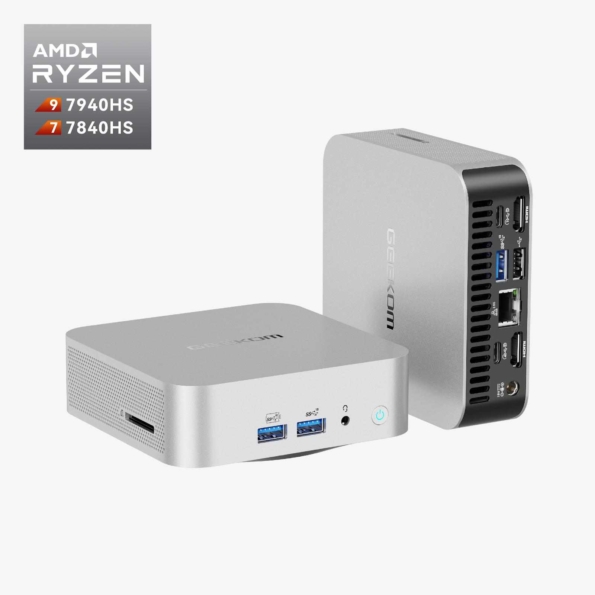


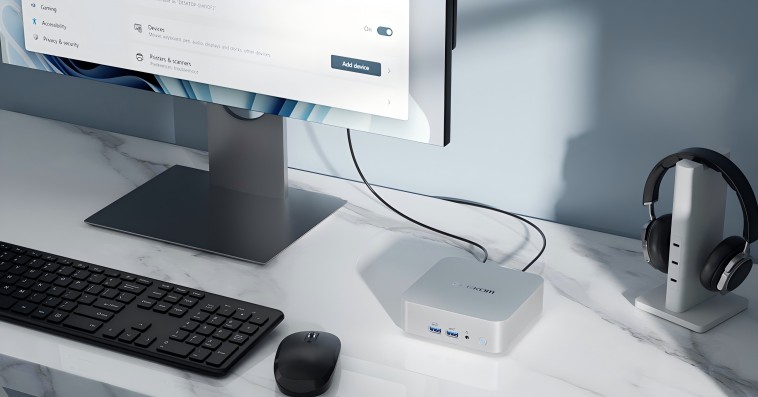
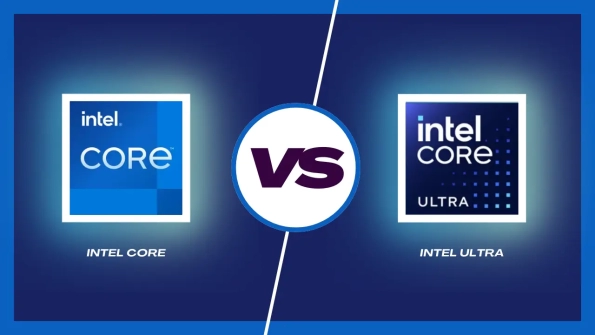

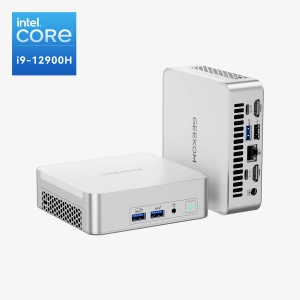
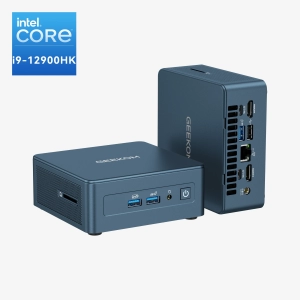
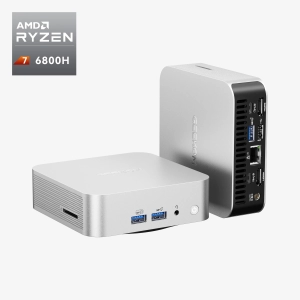
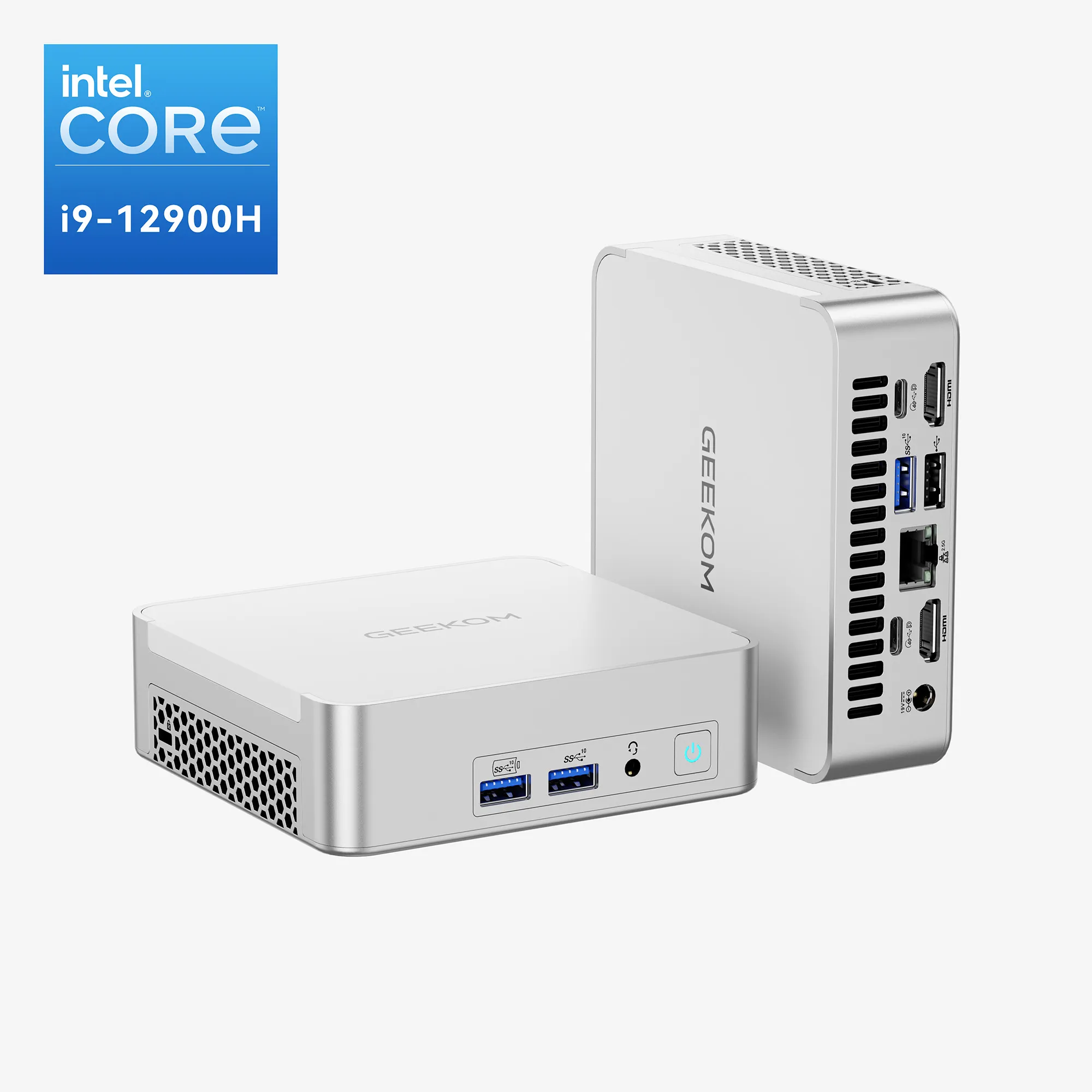
Comments (1)
I change my work to remote work recently, and I will engage in a mini pc. I love the mini air12 just at $379!